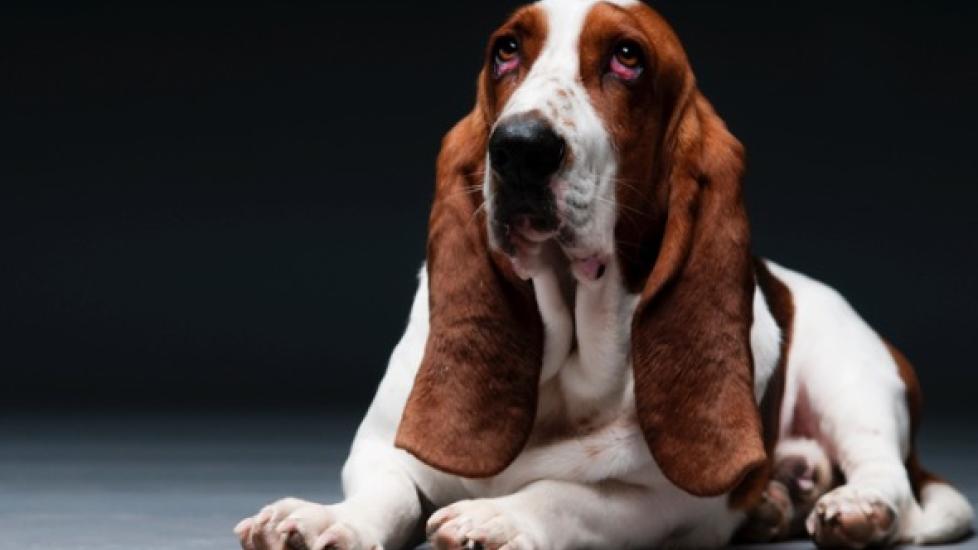In the world of canine companionship, dogs come with a variety of physical traits that make them unique and endearing to their human counterparts. One such trait is ectropion, commonly known as droopy eye or eversion eyelids in dogs. While this condition might not be immediately noticeable by most pet owners, it’s crucial for dog enthusiasts and caretakers alike to understand its implications on their furry friends. This article aims to delve into the intricacies of dog ectropion, providing insights into what it means for your beloved pooch, how to recognize signs, and strategies for managing this common yet often overlooked affliction.
What Is Dog Ectropion?
Ectropion refers to the inward turning of the eyelid margin away from the eyeball. In other words, when a dog has ectropion, part or all of their lower lid rolls outward instead of staying flush against the eye. This condition can affect one or both eyes and may range from mild to severe depending on the extent of the inversion. While some breeds are predisposed to ectropion due to genetic factors, others develop it over time due to aging, trauma, or certain diseases.
Signs to Look Out For:
Recognizing ectropion in your dog involves paying close attention to the following symptoms:
- Excessive Tear Production: Due to poor eyelid closure, tears may overflow onto the face, leading to constant wetness around the eyes.
- Mucus Buildup: The lack of proper drainage can also cause mucous discharge to accumulate under the eyelids.
- Eyelash Irritation: If the inverted eyelashes rub against the cornea, they can irritate the eye and potentially lead to more serious issues like conjunctivitis or even vision loss.
- Redness and Swelling: Chronic irritation can result in inflammation, which manifests as redness and swelling around the affected area.
- Squinting or Blinking Frequently: Your pup might squint or blink excessively as a way to try and keep irritating substances out of their sensitive eyes.
- Avoidance Behavior: Severe cases could prompt your dog to avoid bright lights or engage in rubbing behaviors that exacerbate the problem.
Managing Dog Ectropion:
If you suspect your dog suffers from ectropion, consult with a veterinarian who specializes in ophthalmology. They will conduct an examination to confirm the diagnosis and provide advice tailored to your pet’s specific needs. Here are several steps you can take to help manage this condition at home:
- Regular Cleaning: Use a damp cloth or cotton ball dipped in warm water to gently clean any tear stains or debris beneath the inverted lids daily.
- Mild Detergent: A gentle soap specifically formulated for use around pets’ eyes can assist in removing stubborn buildup without causing further harm.
- Environmental Modifications: Keep your dog’s living space well-ventilated and free from dust or allergens that might aggravate already compromised eyesight conditions.
- Medical Treatments: Depending on severity, prescription eyedrops or ointments might be necessary to lubricate dry eyes and alleviate discomfort.
- Consult Veterinary Professionals: Consider seeking veterinary advice regarding surgical options if non-invasive methods prove insufficient. Procedures such as suturing or resection can correct moderate to severe ectropion effectively but should only be undertaken after careful consideration.
Conclusion:
Dog ectropion is a condition that affects many pups worldwide, ranging from subtle inconveniences to significant health concerns if left untreated. By recognizing the signs early and implementing appropriate management techniques alongside professional guidance, we can ensure our four-legged friends enjoy clear vision throughout their lives—after all, nothing quite compares to seeing those wagging tails and joyful expressions from our loyal companions!
